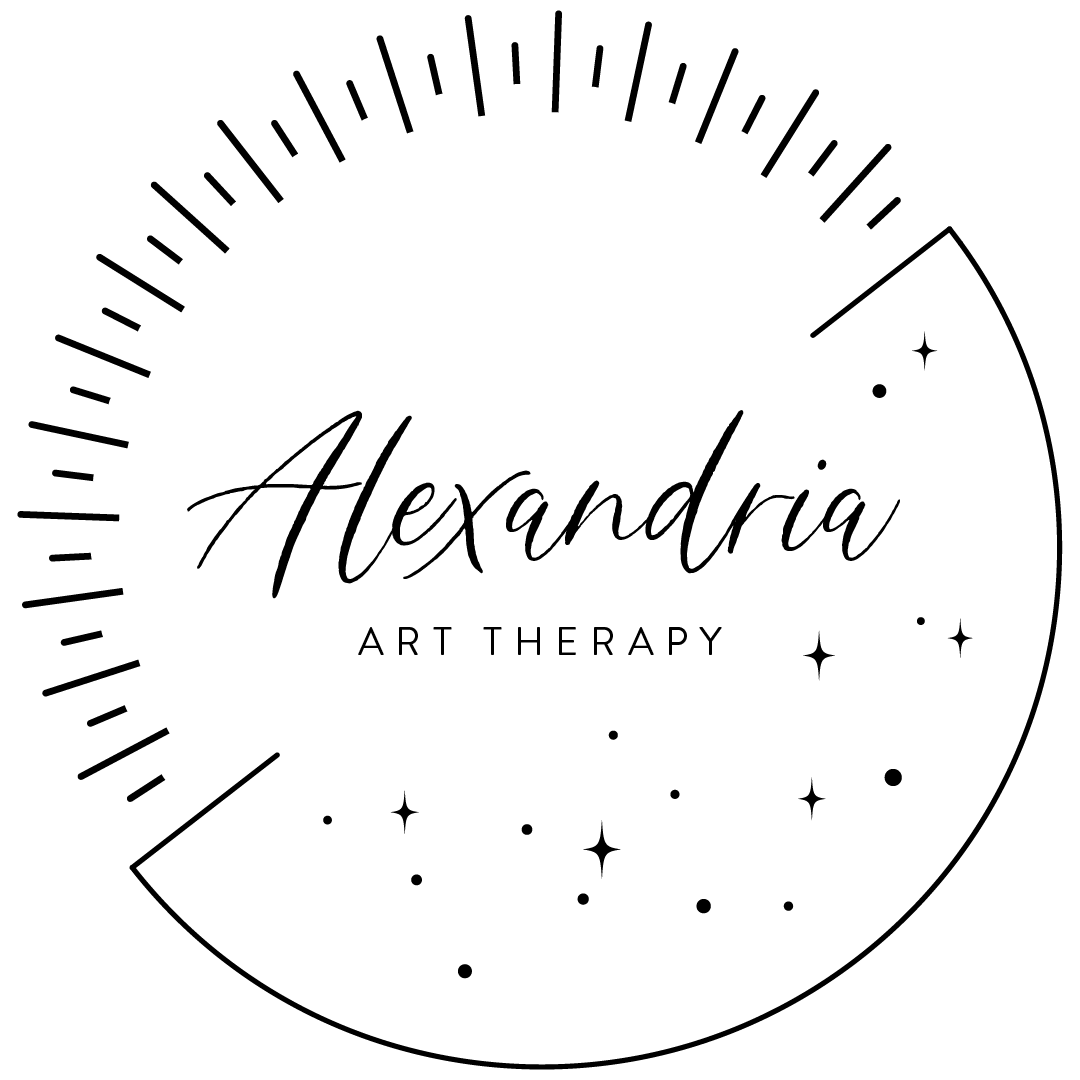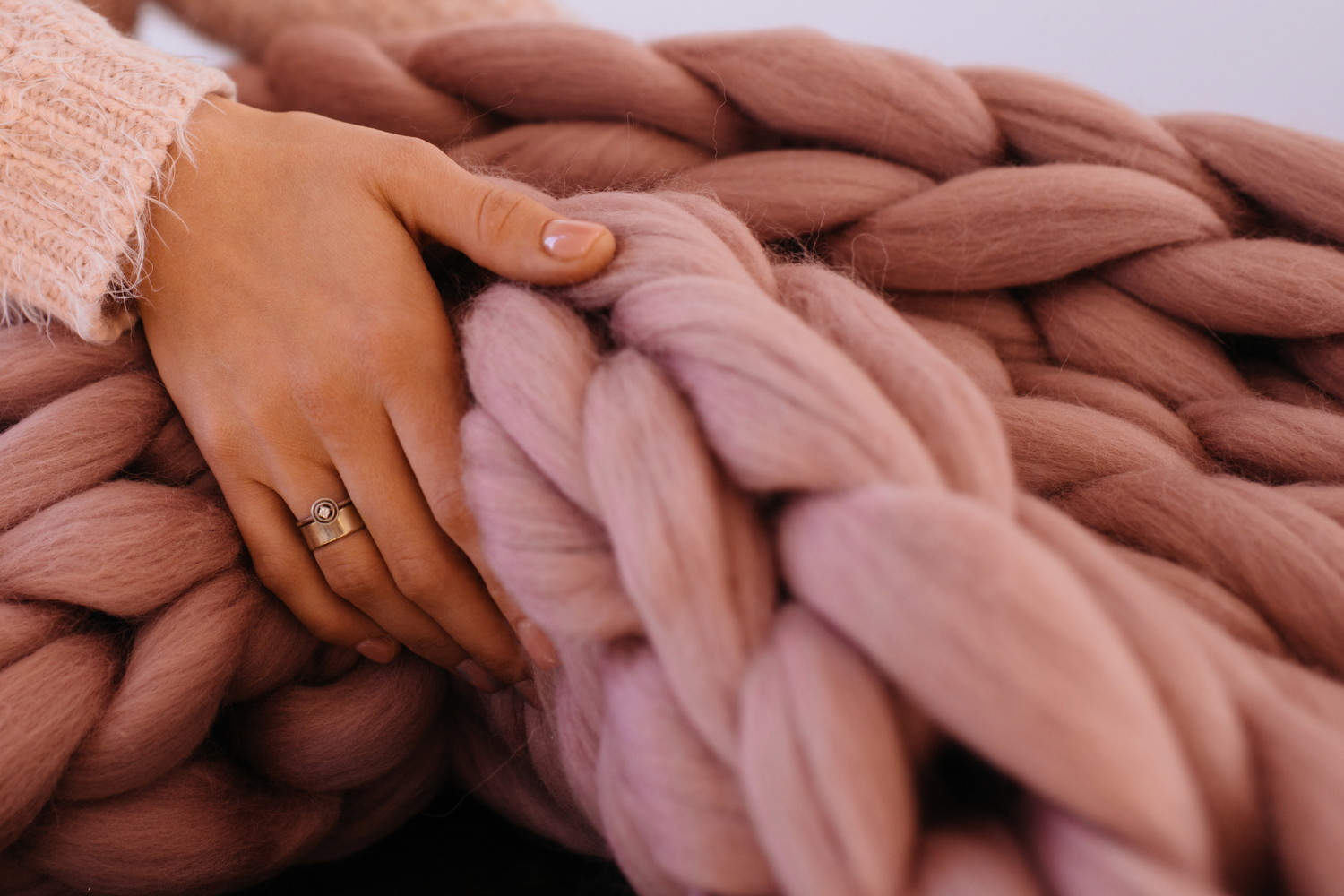100 Ways to Self Soothe
Now more than ever, it’s easy to feel overwhelmed. Maybe you’ve dealt with anxiety throughout your life, or maybe the pandemic has brought up new stressors in your environment that make your body feel like it’s on high alert.
In a world with so much nervous system activation, self-soothing is an essential tool for wellbeing. The next time you feel anxiety, panic, or just a heightened sense of agitation, give yourself a small moment to self-soothe and return your body to a state of calm.
Here are 100 ideas for self soothing. Self-soothing techniques focus on at least one sensation: smell, taste, touch, sight, and sound. You may find that certain sensations make you feel more grounded than others. Some of these suggestions are perfect for when you only have a moment to gather yourself; others are more suited for taking a longer break in your day to reset. I hope you will explore the list and find the strategies that work for you.
Wash your hands with warm water to feel calmer.
Wash your hands with cold water to feel brightened.
Smell an essential oil.
Try slow stitching.
Drink a cold glass of water - notice how it cools your body.
Look at the horizon or a photo of the horizon.
Have a snack.
Drink a hot cup of tea or coffee - notice how it warms your body.
Do some basic yoga stretches (or a whole video).
If it’s cold out, get cozy: turn on a space heater or get under a blanket.
If it’s hot out, get cool: sit in front of a fan and feel the breeze while focusing on the droning sound.
Use hand lotion - notice the scent of the lotion and its feel on your skin.
Take a brisk walk - sometimes self-soothing means resetting the nervous system by releasing energy through movement.
Rub your hands together to create heat - notice both the vibration and the sounds.
Tune into your heartbeat - place your hand over your heart, close your eyes, take a full deep breath, and feel your heart beating.
Take a moment of quiet - that doesn’t always mean silence. Notice the sounds in the background or outdoors.
Look at a photo of someone you love.
Listen to soothing music.
Touch the seams of your clothing.
Take a nap (even just 15 minutes can help).
Take a shower or bath.
Keep a grounding object, like a felted rock, in your pocket. Touch or squeeze to center yourself.
Roll tissue paper into tiny balls and notice the texture of the paper.
Create a collage - notice the textures, colors, and the images that stand out to you.
Use a cooling towel - wet a hand towel or washcloth and use a few drops of lavender oil. Refrigerate. Lay it across your forehead or face.
Touch something soft, like a blanket or a pet.
Make your favorite comfort food.
Light a scented candle and watch the flame flicker.
Visualize a mental image of a place where you feel safe and calm.
Unclench your jaw and imagine all of the muscles in your face releasing.
Perform a daily ritual (making coffee, making your bed).
Make a doodle with oil pastels.
Go outside, close your eyes, and lift your face towards the sun.
Listen to white noise for calm and quiet.
Take a deep breath and try a mantra: I breathe in calm energy.
Give yourself a manicure.
Write a list of five positive things you want to happen.
Draw with chalk outside - notice the feel of it in your hands and the sensation of being on the ground.
Use a skincare face mask.
Try sleeping under a weighted blanket.
Take ten deep breaths, counting each inhale and exhale.
Tidy one small surface in your home (like a desk or shelf).
Allow yourself to cry.
Check in with your physical comfort - if you are at home, remove your shoes and any constricting clothing.
Swing on a swing set.
Clench and unclench your fists.
Re-read your favorite book from childhood.
Go to a tranquil public place and people watch for an hour.
Feel your feet on the floor and imagine gravity pulling down through your body.
Do the “legs up the wall” yoga pose for 10 minutes.
Open the windows and feel the air moving inside.
Slowly eat a piece of hard candy.
Color with crayons or colored pencils. Only stay inside the lines if you want to.
Watch the sky - notice any changes in cloud movement or color.
Create a finger painting. Release all expectations and feel the sensations of the paint on your hands.
Rock in a rocking chair. Focus on the motion and rhythm.
Do a body scan and search for one part of your body that feels open or relaxed - focus on that feeling.
Take a news or social media break for a day.
Hold a flower in your hand and notice the texture of the petals. Smell the scent.
Bake bread or cookies and notice the scent in your home.
Wash and change your bed sheets.
Manipulate play-doh or putty.
Try a fidget toy.
Go to bed early.
Text your favorite person.
Water your houseplants.
Blow bubbles for a child.
Stroke your arm with your hand like you would to comfort a child or loved one.
Chew a piece of gum.
Touch the bark of a tree.
Roll your shoulders, reach your arms above your head, and imagine pressing your palms flat against the ceiling.
Suck on a piece of ice.
Use noise-canceling headphones to take a break from environmental sounds.
Visualize the face of someone you love.
Soak your feet.
Change the lighting - turn off any fluorescent overhead lights, and turn on lamps.
For outdoors (or inside if you’re feeling in a mood) - put on sunglasses.
If your hair is down, put it up. If your hair is up, take it down.
Listen to the sound of running water.
Try square breathing.
Watch an episode of your favorite television show.
Paint with watercolors.
Put a blanket in the dryer for a few minutes, then wrap yourself in its warmth.
Massage your neck and shoulders.
Spray a favorite perfume or cologne.
Create a “self soothing album” photo album on your phone. Include photos of people, places, or things you love, or just images that make you feel calm. Looking at your album in times of stress is an especially subtle self-soothing tactic.
Write down a thing that is worrying you, then let it go by destroying the paper (rip, dissolve in water, burn).
Take a short walk around the block, and count your steps.
Scribble on paper - make repetitive hash marks or patterns.
Change clothes - put on only your favorite items.
Apply chapstick or lip balm.
Visualize something you are looking forward to. If there is nothing, begin to plan the ideal date with yourself.
Look at old cards, letters, or emails you have received from people you love.
Listen to a podcast or guided meditation.
Go on a walk to pick up litter.
Try an app for anxiety.
Choose one object in your surroundings and focus on only that as you take ten slow breaths.
If you are sitting, slide all the way back in your chair. Press your back against the back of the chair, press your arms against the armrests, and press your feet into the floor.
If you are unable to pause to ground yourself, continue your activity while drawing awareness to your senses (I am taking a breath of warm air behind my mask, I am walking through the airport terminal, I see a sign for the gate…).
Remind yourself that no feeling is forever, and you are safe within your body.
Like these ideas? Click here to download a free printable list of 100 Ways to Self Soothe.
Don't miss an update--subscribe to our newsletter to receive new blog posts & the latest news in your inbox every other week.


